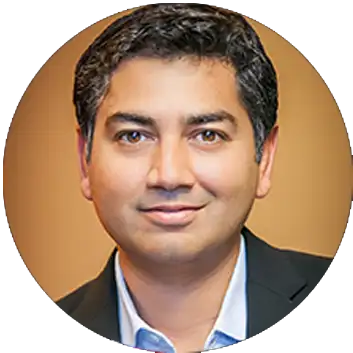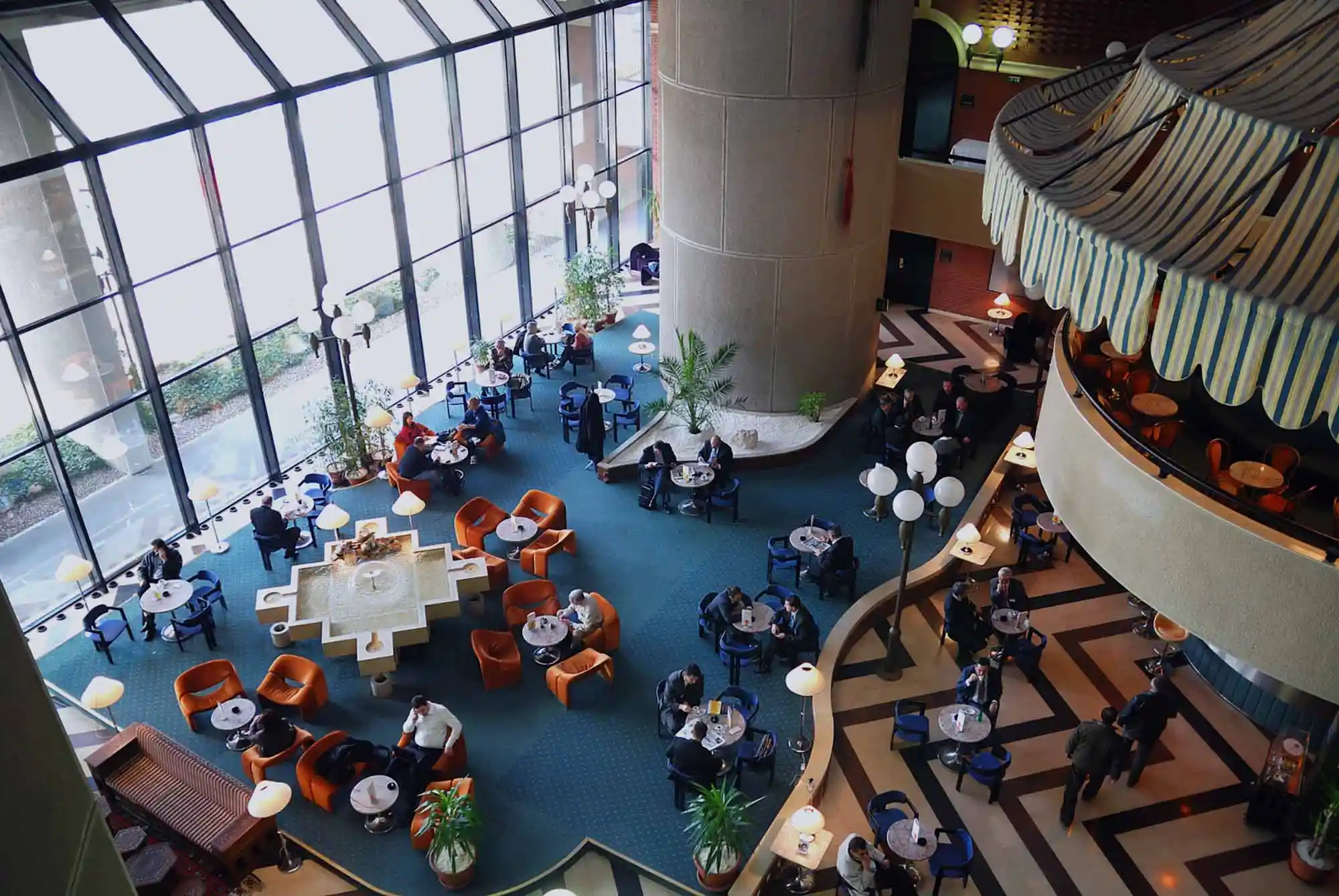- Do we have the proper Technical documentation? (down funnel sales process) For CognitiveScale this meant content for Data Engineers, Data Scientists, and Developers.
- Is there the proper mid-level, semi-technical product-based content?
- Does the top-level content speak to the correct persona? (Messaging) The initial person any company deals with in the buying process isn’t likely to be super-technical. They are typically the business owner. In Gartner’s Buying Center definition, they may be the Initiator, Buyer, or Approver. The content for this persona is different from the content required of Data Scientists and Developers.
- What types of content can be developed to enhance the customer journey? Articles, Videos, Demos, Podcasts, White Papers, Case Studies, etc.
Is there broad-reaching, more philosophical content that establishes the company as a thought leader? This is an important area of content that gets overlooked at times. There are several reasons why it is important, just as there are several ways it can be used. Broad reaching content isn’t about products or even the company. It’s about ideas, strategy, and philosophy. This is the sort of content you hand to your PR agency and tell them to get it into outlets like Forbes, Wired, The Economist, etc. Broad reaching content generates interviews with some of those same magazines and outlets. It makes the company a thought leader in its industry. It establishes Leadership and Authority. When those healthcare companies move from Machine Learning into AI Personalization CognitiveScale wanted to be seen as the leader and authority in the space.
For each area content was evaluated and a plan put in place. One key employee was put in charge to develop the content needed and the timeline to produce it. The entire team helped with editing to make certain of consistency and accuracy, including Product. This can take some time to develop. But in the end, it can have a massive impact on the enterprise.
And it did. One way to measure the impact of this content is to look at the natural search results and how well the new content is ranking. If the articles and other forms of content are created with keywords in mind, search engines will rank those pages. This is exactly what happened for CognitiveScale.
SmartSound: Royalty Free Music and Editing Technology

SmartSound is an interesting Case Study. They are both a music company and a technology company. The messaging was quite complex. They are also in an industry—royalty free music—that is mature and heavily populated with a lot of large players. So, how did they differentiate themselves from the rest of their competitors?
There were several key factors used to differentiate them. First, their patented software has won dozens of awards and is highly respected within the industry. Second, the music is of the highest quality. SmartSound seeks out the best studio artists to create for them. Third, the SmartSound customer base included some of the largest organizations in the world.
And at the time of their sale (2019) they did business with nearly every top 1,000 corporation and organization. Companies like:
- Apple
- GM
- IBM
- Disney
- McDonalds
So, too, did other top organizations like:
- US Army
- Navy
- Air Force
- Marines
To get to that point, content was developed along many different lines and channels. How-to videos and articles were created. Blog posts on every album the company created. Articles on particular series of music that had a long history. Music category landing pages were developed. Special landing pages were developed for events and holidays: Halloween, Christmas, Fourth of July, Wedding Music, and more.
Industry Experts
One of the more successful areas of content development was around the people who used the software and music. Articles and interviews were created about the people and how they used the products in their work: Independent filmmakers, Major Film Studios in Hollywood, Corporate filmmakers, Commercial Producers, and articles about the artists who created the music.
SmartSound was successful in a crowded industry by offering something unique and different and sharing with their users (150,000 email subscribers) others’ success stories, techniques, and individual perspectives.
Key-Personnel Visibility
A final note on the Leadership and Authority phase. The CEO or COO can have a lot more visibility in this phase. If one of the goals is to get outside sources to write articles about the company and its products, or do interviews with key senior management (KPI—PR), the company needs a face, or voice. These interviews can also be part of an ad campaign and promotion. For instance, a podcast with a leading industry influencer or trade journal. Other times it may be as a presenter at a conference or summit. Regardless of the situation or opportunity, having the enterprise aligned in a culture of collaboration ensures the proper messaging is being delivered, and all of the additional attention and notice helps build authority.
Ready to talk?
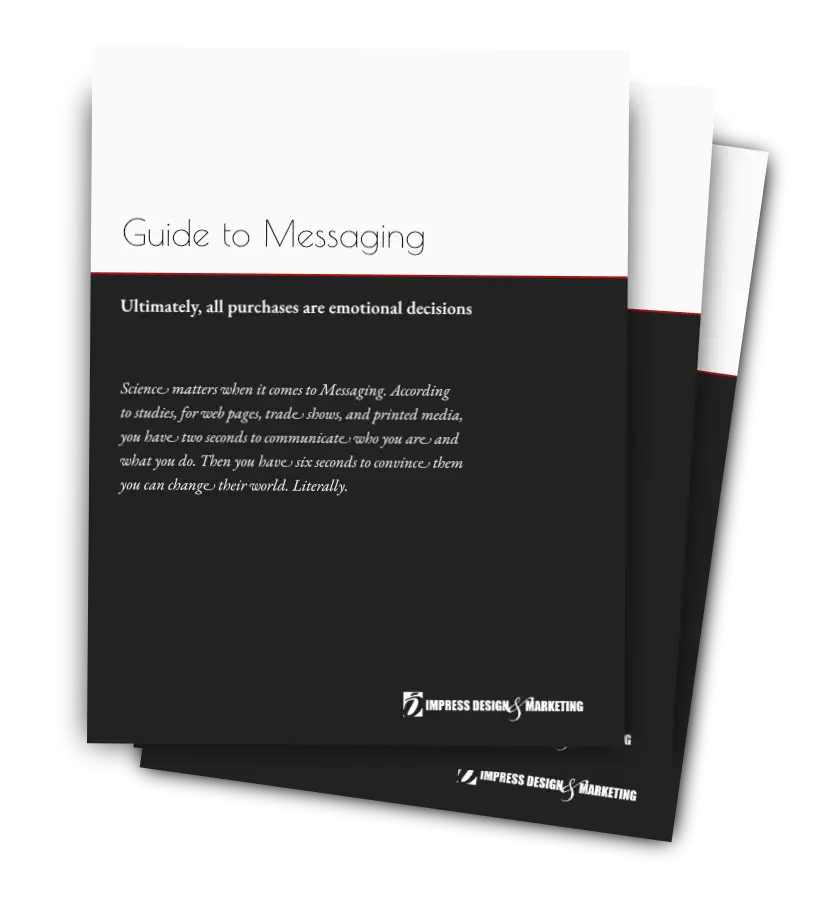

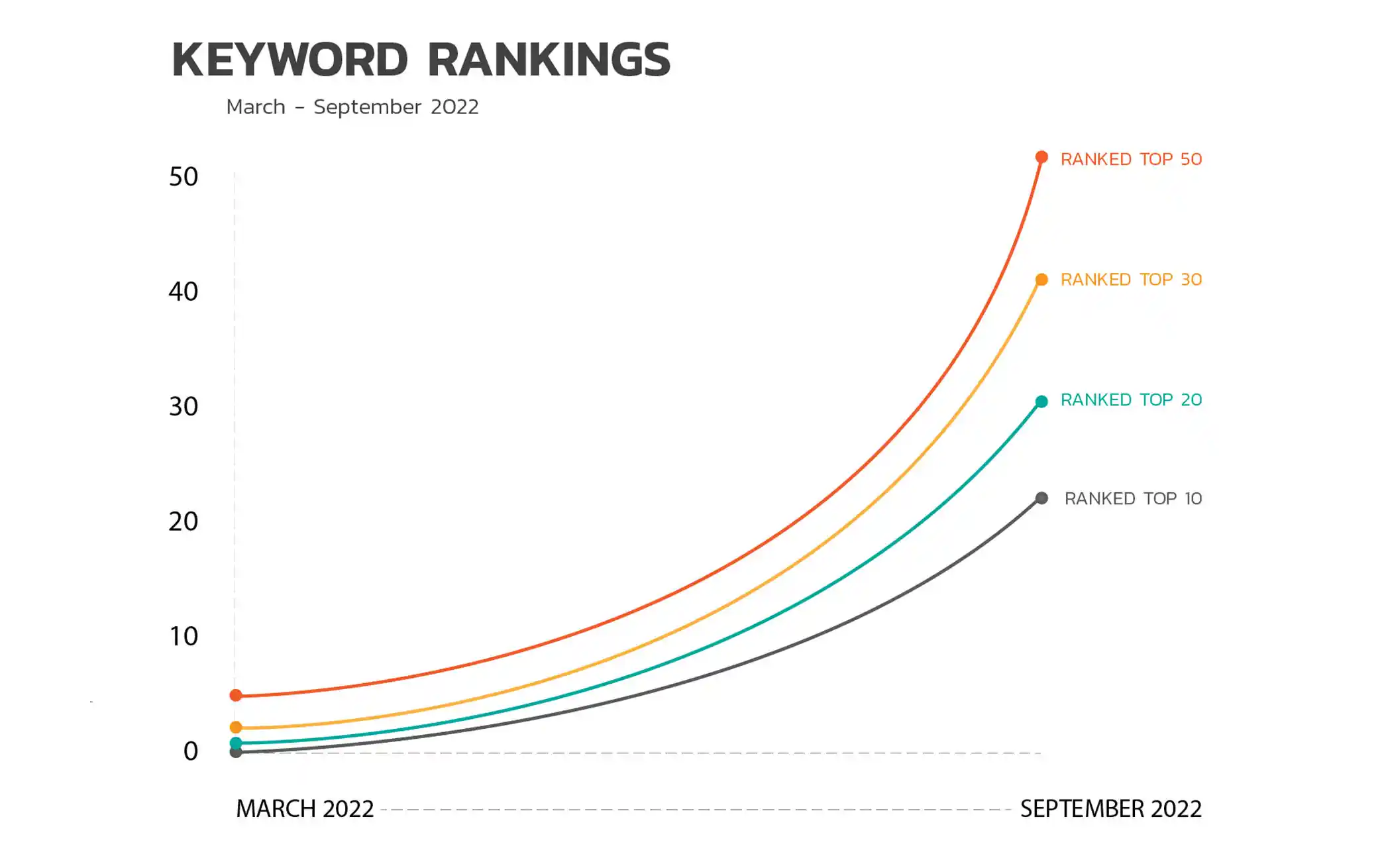 When CognitiveScale began their Marketing Orchestration approach, as noted earlier, they ranked for four keywords. By the time they were ready for the Leadership and Authority phase of the action plan they ranked in the top fifty for well over 200 keywords specific to their niche in the artificial intelligence industry. That included over thirty rankings in the top ten and more than fifty in the top twenty. It took less than six months to achieve those goals (KPIs!). So, how do you become the leader and authority in a new industry? What are steps are required to give the company that chance?
When CognitiveScale began their Marketing Orchestration approach, as noted earlier, they ranked for four keywords. By the time they were ready for the Leadership and Authority phase of the action plan they ranked in the top fifty for well over 200 keywords specific to their niche in the artificial intelligence industry. That included over thirty rankings in the top ten and more than fifty in the top twenty. It took less than six months to achieve those goals (KPIs!). So, how do you become the leader and authority in a new industry? What are steps are required to give the company that chance?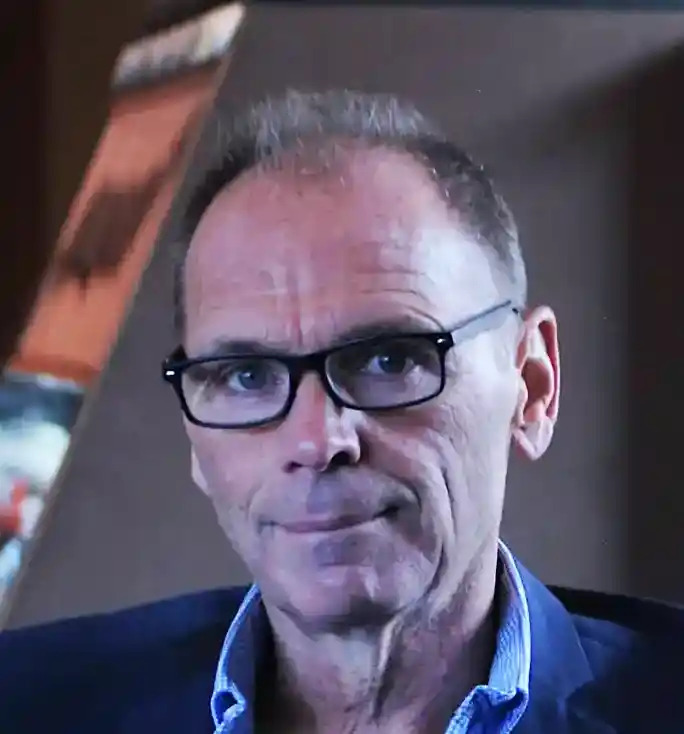 Jack McDaniel began Impress Design & Marketing in 2005. He's an award-winning designer and has lead many companies to the top of their market niche with a data-driven, science-based approach to marketing and user experience.
Jack McDaniel began Impress Design & Marketing in 2005. He's an award-winning designer and has lead many companies to the top of their market niche with a data-driven, science-based approach to marketing and user experience. 